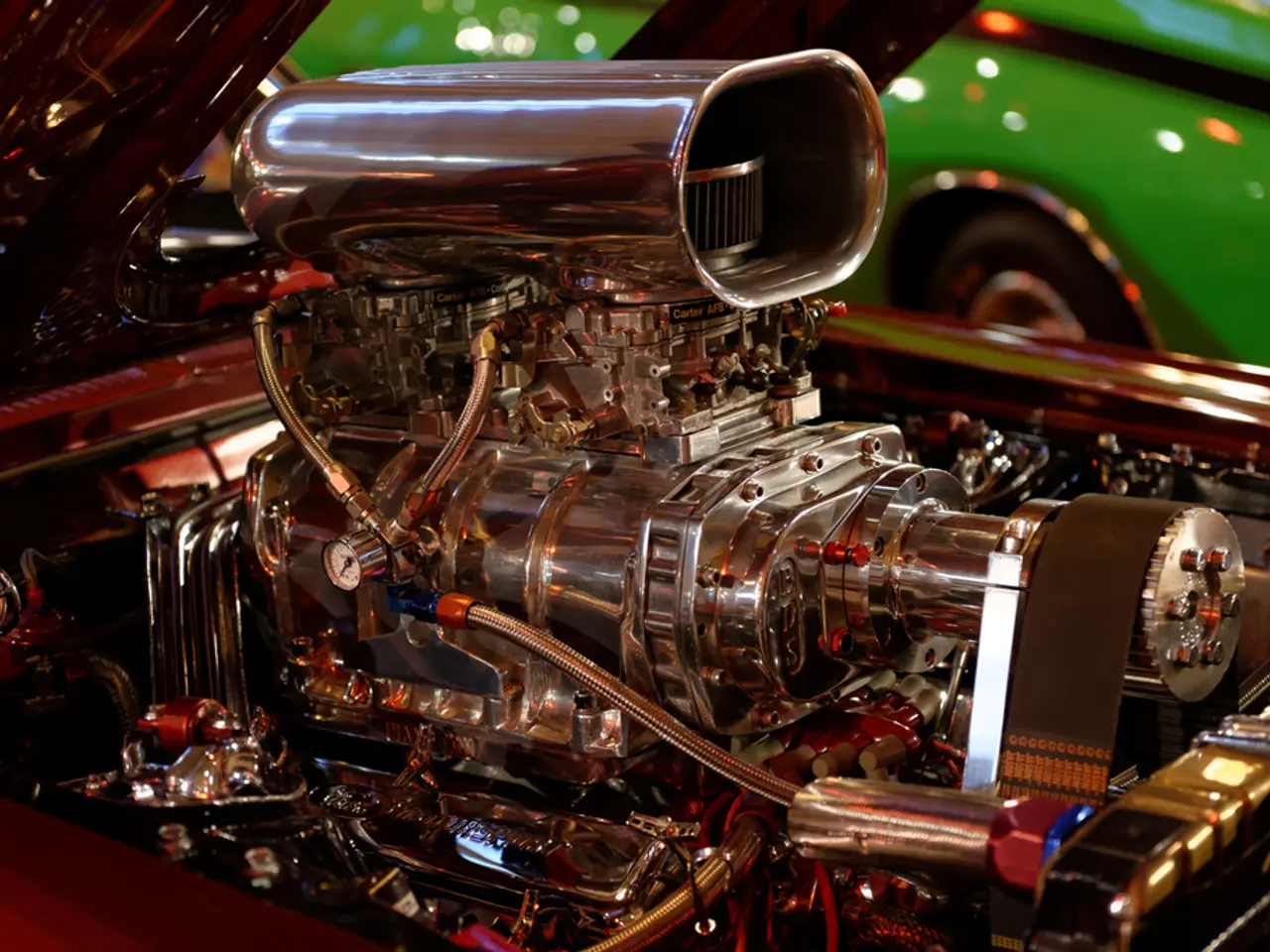US and EU Edge Closer to Trade Pact with Proposed Customs Duties
The United States and the European Union are on the brink of finalising a landmark trade agreement, which could reshape transatlantic trade relations significantly. The deal, yet to be officially confirmed by both parties, promises to establish a 15% tariff ceiling on most EU exports to the US, including automobiles and automotive parts [1][2].
This move is expected to reduce reciprocal tariffs and alleviate trade tensions, benefiting both economies. In the automotive sector, the agreement will enhance competitiveness and market access for EU automotive exports to the US, as the 15% tariff will be a substantial reduction from previously steep tariffs [1].
The agreement also aims to address non-tariff barriers and streamline regulatory alignment to facilitate smoother trade flows [3]. This focus on regulatory harmony is particularly significant in the automotive sector, where the agreement explicitly covers cars and car parts.
The deal also includes tariff rate quotas to cut existing 50% US tariffs on EU steel, aluminum, and copper, while the EU agrees to significantly increase purchases of US energy products ($750 billion over 3 years) and invest $600 billion in the US by 2029 [1][2].
Meanwhile, the European Union has prepared a retaliatory tariff package worth up to 93 billion euros if a deal is not reached by August 1. However, the agreement and subsequent negotiations have focused on de-escalating tariff conflicts. The EU has agreed to reduce or remove some tariffs in response to the US concessions, and the US retains tariffs on steel, aluminum, and copper, but with agreed quotas and a framework to ensure fair competition [1].
In 2024, the US imported over $55 billion worth of vehicles and automotive parts from Japan. The IndexBox Market Intelligence Platform provided the data for the U.S. imports from Japan and the EU.
This deal marks a significant step in resetting transatlantic trade relations to favour competitiveness and reduce trade frictions between the US and EU [1][2][3]. It's a promising development that could pave the way for a more harmonious and prosperous future for transatlantic trade.
[1] Reuters, "Exclusive: U.S., EU close to deal on auto tariffs, steel, aluminum, copper - sources," 2022. [2] Bloomberg, "U.S. and EU Near Deal on Auto Tariffs, Steel, Aluminum, and Copper," 2022. [3] Financial Times, "US-EU trade deal: what's in it for the car industry?," 2022. [4] European Commission, "Trade and Technology Council Joint Statement," 2021. [5] European Commission, "Questions and Answers on the US-EU Trade and Technology Council," 2021.
- The landmark trade agreement between the United States and the European Union, covering finance, business, and politics, is expected to reshape global trade by reducing reciprocal tariffs, addressing non-tariff barriers, and facilitating smoother trade flows, particularly in the automotive sector.
- The deal, which includes tariff rate quotas to cut existing tariffs on EU steel, aluminum, and copper, while the EU agrees to significantly increase purchases of US energy products and invest in the US, is a promising development in general-news that could pave the way for a more harmonious and prosperous future for transatlantic trade relations.




